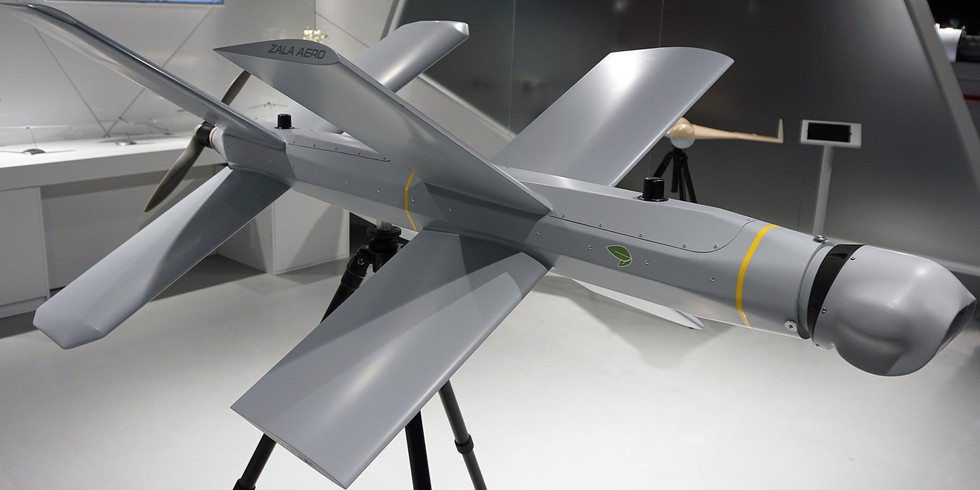
About Kamikaze drone:
- These are small unmanned aircraft packed with explosives that can be flown directly at a tank or a group of troops that are destroyed when it hits the target and explodes. These are also called as Switchblade drones.
- The name comes from the World War 2 era’s feared Japanese kamikaze pilots, who conducted suicide attacks by intentionally crashing their explosive filled aircraft into enemy targets.
- Features
- The modern drone versions have the capability of surpassing traditional defences to strike their targets and are also cheaper than their larger counterparts.
- The small lethal drones are difficult to detect on radar, and through the use of facial recognition, can be programmed to hit targets without human intervention.
- Although the US Kamikaze might be the most advanced in this class of drones, Russia, China, Israel, Iran and Turkey all have some versions of it.
What is Lancet-3 drone?
- It is a type of loitering munition, integrates the Jetson TX2 — described by Nvidia as the most power-efficient embedded AI computing device.
2. Sea Anemone
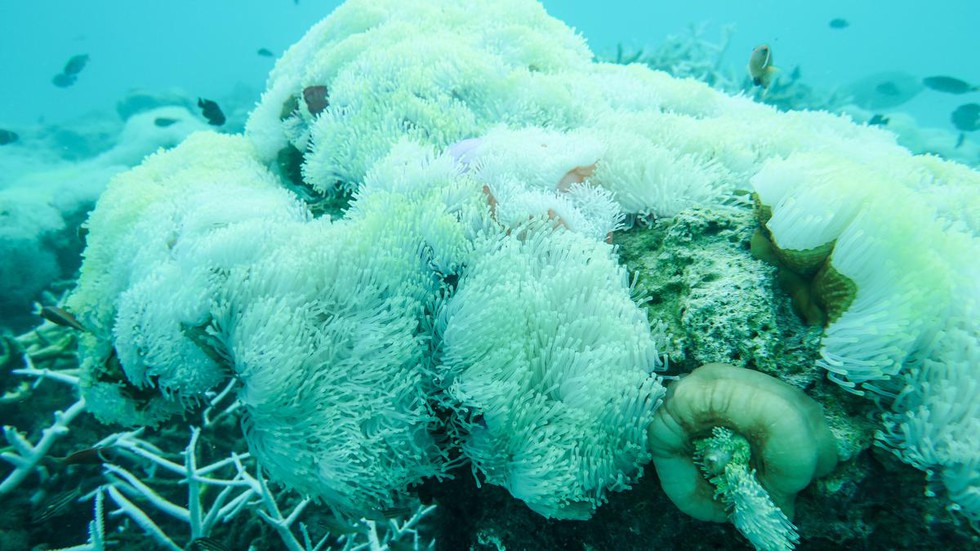
About Sea Anemone:
- It is an invertebrate aquatic animal marked by soft bodies and has an ability to sting. They are close associates of corals and live rocks.
- It is an ocean-dwelling members of the phylum Cnidaria. It has a sticky foot or disc that allows them to anchor to rocks on the sea bottom or on coral reefs.
- They have stinging cells which are equipped with organelles known as nematocysts that contain small threads which are forcefully everted when stimulated mechanically or chemically.
- They are known to form symbiotic relationships with other animals; their most well-known alliance is with clownfish.
- They make their homes within the anemone’s tentacles, protected from predators; in return, the anemone eats the clownfish’s leftover meals.
- They can have anywhere from a dozen to a few hundred tentacles. These cnidarians come in a variety of colors, decorating a tide pool or reef like a garden of wildflowers.
- Some species of sea anemones also have a relationship with Hermit crabs. The anemone will attach itself to the crab’s shell and be carried around to find more food, while the crab uses the anemone as protection from its predators.
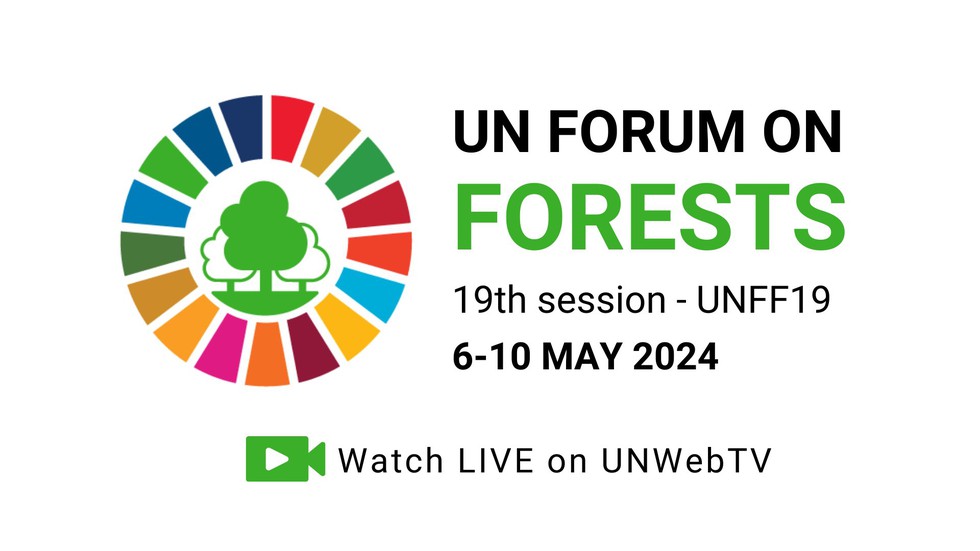
About United Nations Forum on Forests:
- It was established in 2000 by the UN Economic and Social Council of the United Nations (ECOSOC). It promotes the management, conservation, and sustainable development of all types of forests.
- The Forum meets annually at the UN Headquarters in New York, bringing together representatives of all member states and forest-related agencies for high-level dialogue on technical matters in odd years and policy matters in even years.
- The forum has universal membership, and is composed of all Member States of the United Nations and specialized agencies.
- India is a founding member of UNFF.
- The declaration of the 19th session aims to achieve agreement on a high-level political commitment to forest protection, with specific actions for effective implementation of the UN Strategic Plan for Forests (UNSPF) by UNFF and its stakeholders.
UN Strategic Plan for Forests 2017-2030:
- It provides a global framework for actions at all levels to sustainably manage all types of forests and trees outside forests and halt deforestation and forest degradation.
- It also provides a framework for forest-related contributions to the implementation of the 2030 Agenda for Sustainable Development, the Paris Agreement adopted under the UN Framework Convention on Climate Change, the Convention on Biological Diversity and the UN Convention to Combat Desertification etc.
- It serves as a reference for the forest-related work of the UN system and for fostering enhanced coherence, collaboration and synergies among UN bodies and partners.
3. What are Auroras?

About Auroras:
- These are essentially natural lights that appear as bright, swirling curtains in the night sky and can be seen in a range of colours, including blue, red, yellow, green, and orange.
- These lights primarily appear near the poles of both the northern and southern hemispheres all year round but sometimes they expand to lower latitudes.
- These are called as aurora borealis in the north and in the south, it is known as the aurora australis.
Why do auroras occur?
- It is due to activity on the surface of the Sun. The star continuously releases a stream of charged particles, mainly electrons and protons, and magnetic fields called the solar wind.
- As the solar wind approaches the Earth, it is deflected by the planet’s magnetic field, which acts like a protective shield.
- However, some of the charged particles are trapped in the magnetic field and they travel down the magnetic field lines at the north and south poles into the upper atmosphere of the Earth.
- These particles then interact with different gases present there, resulting in tiny flashes that light up the night sky.
- When solar wind particles collide with oxygen, a green colour light is produced. Interaction with nitrogen produces shades of blue and purple.
- Auroras expand to midlatitudes when the solar wind is extremely strong.
- This happens when the activity on the Sun’s surface goes up, leading to solar flares and coronal mass ejections (CMEs), which are essentially extra bursts of energy in the solar wind.
- In such cases, the solar wind is so intense that it can result in a geomagnetic storm, also known as a magnetic storm — a temporary disturbance of the Earth’s magnetic field. It is during a magnetic storm that auroras can be seen in the mid-latitudes.
4. What are Deadbots?

About Deadbots:
- These are also known as griefbots, are AI-enabled digital representations of departed loved ones.
- Working: These chatbots simulate their language patterns and personality traits using their digital footprint, like emails, social media posts and even voice recordings, to create a conversational AI that reflects their personality.
- Issues:
- Researchers have warned that these chatbots, while potentially comforting, could lead to psychological distress if not designed with safety in mind.
- Solutions that might be enthusiastically adopted in one cultural context could be completely dismissed in another.
What is Conversational AI?
- It is a type of artificial intelligence (AI) that can simulate human conversation.
- It is made possible by natural language processing (NLP), a field of AI that allows computers to understand and process human language and Google's foundation models that power new generative AI capabilities.
- It works by using a combination of natural language processing (NLP), foundation models, and machine learning (ML).
- These AI systems are trained on large amounts of data, such as text and speech.
- This data is used to teach the system how to understand and process human language. The system then uses this knowledge to interact with humans in a natural way. It’s constantly learning from its interactions and improving its response quality over time.
5. What is Kawasaki Disease?

About Kawasaki Disease:
- Kawasaki disease is a rare heart condition that causes a high fever and inflammation of the blood vessels. It usually affects children under the age of 5.
- It's one of the leading causes of heart disease in kids. The condition causes the immune system to attack blood vessels, which become inflamed and swollen.
- It tends to affect the coronary arteries, which carry blood to the heart muscle. It can also cause problems with lymph nodes, skin, and the lining of a child's mouth, nose, and throat.
- Clinical signs include fever, rash, swelling of the hands and feet, irritation and redness of the whites of the eyes, swollen lymph glands in the neck, and irritation and inflammation of the mouth, lips, and throat.
- The disease was first described in Japan by Tomisaku Kawasaki in 1967, and the first cases outside of Japan were reported in Hawaii in 1976.
- The cause of Kawasaki disease is unknown, although more cases happen in late winter and early spring.
6. What are Neural Processing Units (NPU)?

About Neural Processing Units (NPU):
- It is a dedicated processor designed specifically for accelerating neural network processes.
- A neural network is essentially a type of machine learning algorithm that mimics the human brain for processing data.
- Therefore, the NPU is highly capable for handling machine learning operations that form the basis for AI-related tasks, such as speech recognition, natural language processing, photo or video editing processes like object detection, and more.
- In most consumer-facing gadgets, such as smartphones, laptops, and tablets, the NPU is integrated within the main processor, adopting a System-on-Chip (SoC) configuration.
- However, for data centres, the NPU might be an entirely discrete processor, separate from any other processing unit such as the central processing unit (CPU) or the Graphics processing unit (GPU).
- How is NPU different from CPU and GPU?
- CPUs employ a sequential computing method, issuing one instruction at a time, with subsequent instructions awaiting the completion of their predecessors.
- In contrast, the NPU harnesses parallel computing to simultaneously execute numerous calculations. This parallel computing approach results in swifter and more efficient processing.
7. Key Facts about Panama
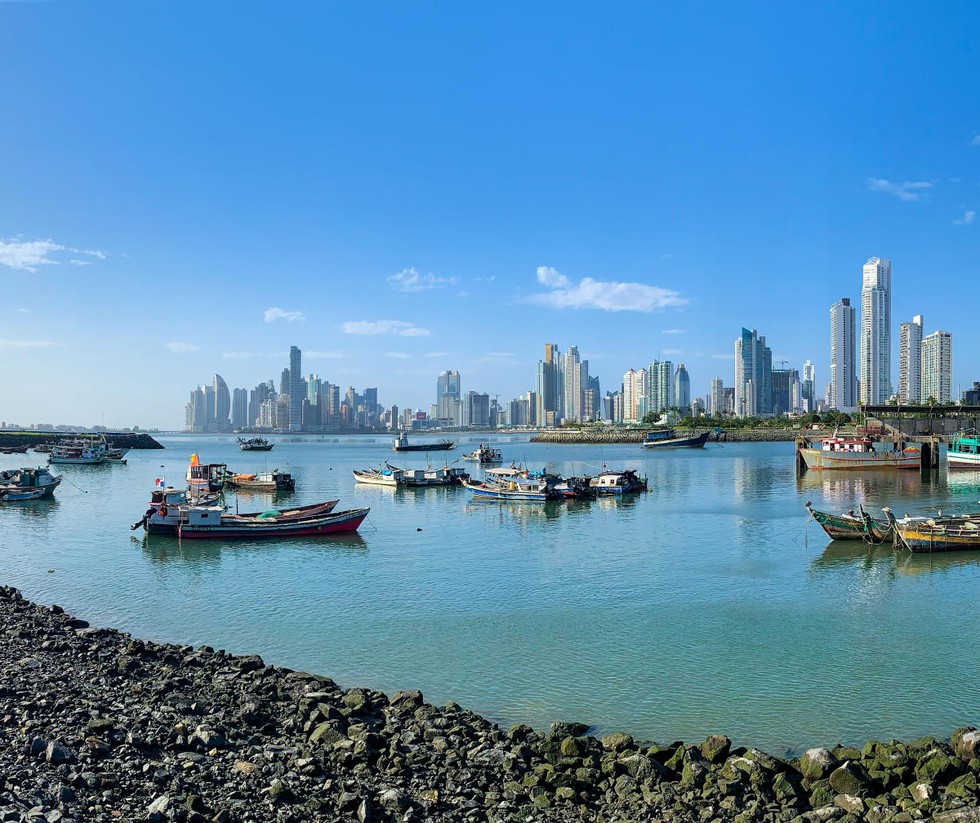
About Panama:
- It is a country in Central America located on the Isthmus of Panama, the narrow bridge of land that connects North and South America.
- It is bordered by Costa Rica and Colombia and is situated between the Caribbean Sea and the North Pacific Ocean.
- Embracing the isthmus and more than 1,600 islands off its Atlantic and Pacific coasts, the tropical nation is renowned as the site of the Panama Canal, which cuts through its midsection.
- Most Panamanians are descended from indigenous, or native, people, Europeans, Afro-Caribbeans, and immigrants from all over the world.
- Panama has the largest rainforest in the Western Hemisphere outside the Amazon Basin.
- Capital: Panama City, Language: Spanish
What is the Panama Canal?
- It is a constructed waterway that connects the Atlantic and Pacific oceans across the Isthmus of Panama. It is one of the two most strategic artificial waterways in the world, the other being the Suez Canal.
- The canal was built by the United States between 1904 and 1914, and it was officially opened on August 15, 1914.
- It is owned and administered by the Republic of Panama since the oversight of the Canal was transferred from the United States to Panama in 1999.
- The Panama Canal consists of a series of locks that raise and lower the water level to facilitate the passage of ships through the continental divide.
8. What are T Cells?
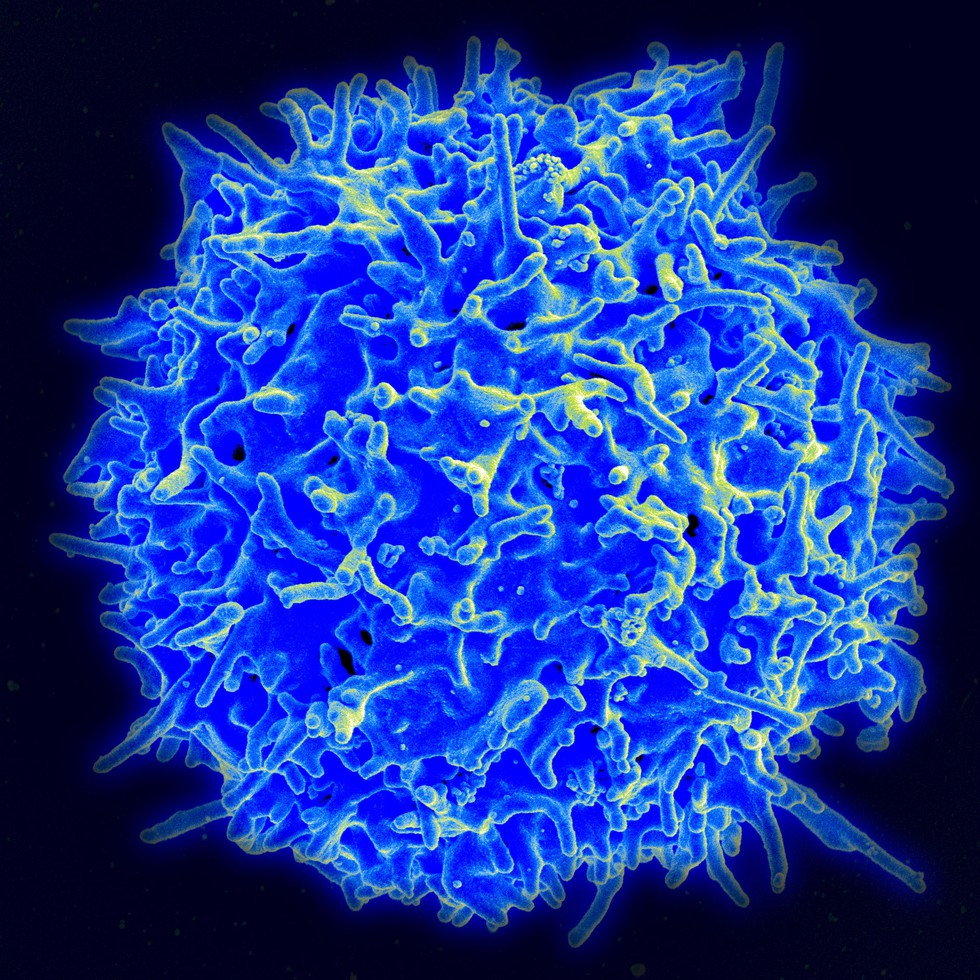
About T Cells:
- T cell is a type of white blood cell. It is also called T lymphocyte and thymocyte.
- T cells are part of the immune systemand develop from stem cells in the bone marrow. They help protect the body from infection and may help fight cancer.
- There are two main types:
- Cytotoxic T-cells:Destroy infected cells.
- Helper T-cells: Send signals that direct other immune cells to fight infection.
- Rather than generically attack any antigens, T cells circulate until they encounter their specific antigen.
- T-cells have many identical T-cell receptorsthat cover their surfaces and can only bind to one shape of antigen.
- When a T-cell receptor fits with its viral antigen on an infected cell, the Killer T-cell releases cytotoxins to kill that cell.
9. What is Sperm Whale?
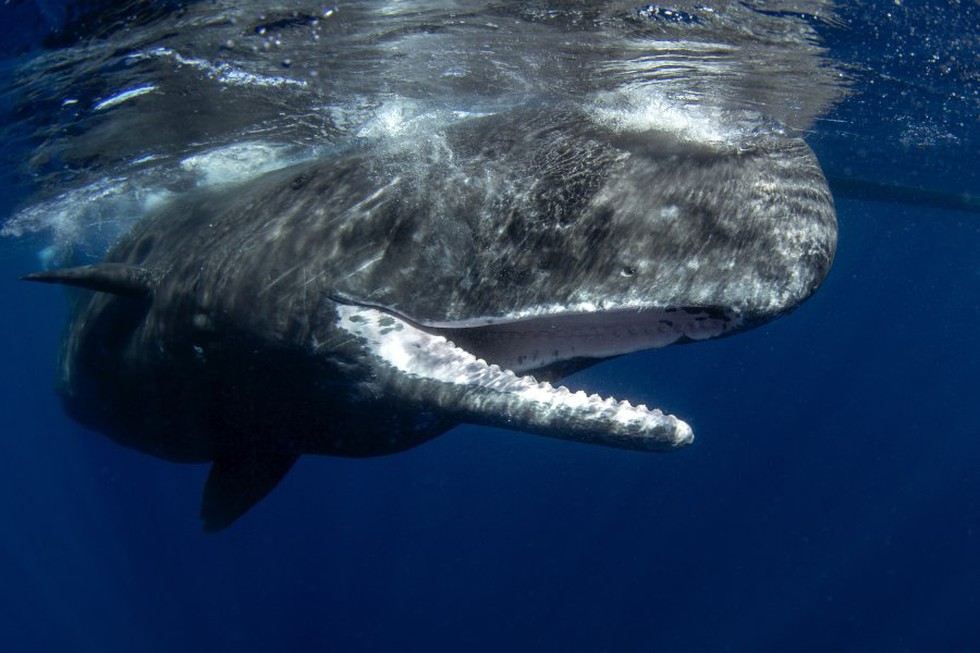
About Sperm Whale:
- It is the largest of the toothed whales, easily recognized by its enormous square head and narrow lower jaw. It has the largest head and the largest brain of any animal on the planet.
- Scientific Name: Physeter macrocephalus
- They are named after the waxy substance—spermaceti—found in their heads.
- The spermaceti is an oil sac that helps the whales focus sound. Spermaceti was used in oil lamps, lubricants, and candles.
- Distribution:
- They have one of the widest global distributions of any marine mammal species.
- They are found in all deep oceans, from the equator to the edge of the pack ice in the Arctic and Antarctic.
- Features:
- The sperm whale is dark blue-gray or brownish, with white patches on the belly.
- It has small paddle-like flippers and a series of rounded humps on its back.
- Lifespan: Up to 60 years
- They are highly social mammals that communicate with one another using a series of clicks called codas, and that each coda has a distinct purpose.
- Ambergris, a material sometimes found floating in the sea, is formed in the sperm whale’s intestines around a core of undigested solid matter such as squid beaks.
What is Ambergris?
- Floating Gold, or Ambergris (commonly identified as a lump of vomit), is a substance extracted from the bile duct in the intestines of sperm whales.
- It is a waxy, solid and inflammable substance.
- The freshly passed ambergris is a light yellowish substance.
- It is produced by about one in every hundred sperm whales.
- Chemically, ambergris contains alkaloids, acids, and a specific compound called ambreine, which is similar to cholesterol.
- It is a rare substance, which contributes to its high demand and high pricein the international market.
- Uses:
- It has predominantly been employed in the creation of perfumes and fragrances.
- Ambergris has a woody scent like sandalwood but also contains ambrein, an odorless alcoholthat can fix and extend the life of scents, hence its popularity among perfumers.
- There is a ban on the possession and trade of ambergris in countries like the USA, Australia, and India.


























































































































































.png)
.png)
.png)
.png)
.png)


.png)
.png)
.png)





.png)
.png)






.png)
.png)
.png)
.png)
.png)
.png)
.png)
.png)
.png)

.png)







.png)
.png)


.png)
.png)
.png)


.png)

.png)
.png)





.jpg)

.png)
.png)


.png)

.png)
.png)
.png)

.jpg)

.jpg)


.png)

.png)
.png)
.png)
.png)
.png)
.png)
.png)
.png)
.png)
.png)




.png)

.png)





.png)
.png)
.png)
.png)
.png)
.png)
.png)
.png)
.png)
.png)
.jpg)
.jpg)

.png)
.png)
.png)
.png)
.png)
.png)
.png)
.png)
.png)
.png)
.png)
.png)
.png)
.png)
.png)
.png)
.png)
.png)
.png)
.png)
.png)
.png)



.png)
.png)

.jpg)
.jpg)


.jpg)
.jpg)
.jpg)
.jpg)
.jpg)

.jpg)








.jpg)
.jpg)
.jpg)
.jpg)
.jpg)

















.jpg)
.jpg)







.jpg)


















.jpg)
.jpg)






























































































.jpg)
.jpg)


























.jpg)

.jpg)










.jpg)








.jpg)




.jpg)










.jpg)


















.jpg)












































.jpg)














.jpg)
.jpg)
.jpg)





.jpg)

.jpg)
.jpg)





































































.jpg)


































.jpg)
.jpg)
















































.jpg)












.jpg)


.jpg)




.jpg)
.jpg)
.jpg)

.jpg)
.jpg)
.jpg)
.jpg)

.jpg)
.jpg)
.jpg)

.jpg)
.jpg)
.jpg)
.jpg)
.jpg)
.jpg)
.jpg)
.jpg)

.jpg)


.jpg)
.jpg)
.jpg)
.jpg)
.jpg)
.jpg)
.jpg)
.jpg)
.jpg)
.jpg)











.jpg)
.jpg)





.jpg)
.jpg)
.jpg)
























.jpg)
























.jpg)









.jpg)
.jpg)







.jpg)
.jpg)









































.jpg)
.jpg)
.jpg)
.jpg)
.jpg)

.jpg)
.jpg)
.jpg)
.jpg)
.jpg)


.jpg)
.jpg)
.jpg)
.jpg)
.jpg)

.jpg)
.jpg)
.jpg)
.jpg)
.jpg)
.jpg)
.jpg)
.jpg)
.jpg)
.jpg)
.png)

.png)
.png)

.png)
.png)
.png)
.png)


.jpg)
.jpg)

.jpg)
.jpg)
.jpg)

.png)
.png)
.png)
.png)
.png)
.png)
.png)

.png)
.png)
.png)
.png)
.png)
.png)
.png)
.png)
.png)
.png)





































































-min.png)



.png)




.png)








































